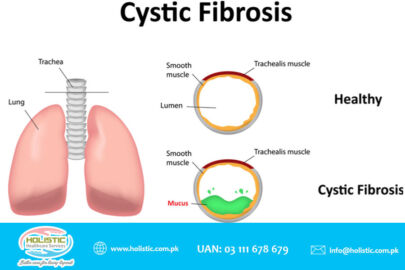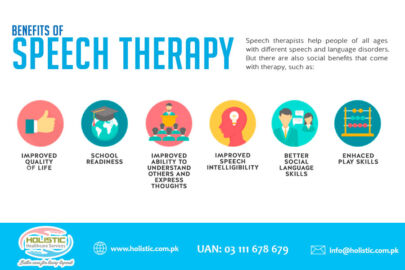Poliomyelitis, also referred to as Polio, is an infectious viral disease that affects the central nervous system and can cause temporary or permanent paralysis.
Symptoms of Polio
Doctors often recognize polio by symptoms, such as neck and back stiffness, abnormal reflexes, and difficulty swallowing and breathing. In order to confirm the diagnosis, a sample of throat secretions, stool or a colorless fluid that surrounds your brain and spinal cord (cerebrospinal fluid) is checked for poliovirus.
Causes
Polio is caused by poliovirus. The poliovirus usually enters the environment in the feces of someone who is infected. In areas with poor sanitation, the virus easily spreads from feces into the water supply, or into food.
Polio is a contagious viral illness that in its most severe form, causes nerve injury leading to paralysis, difficulty breathing and sometimes death. Today, despite worldwide efforts to wipe out polio, poliovirus continues to affect children and adults in parts of Asia and Africa.
Polio, or poliomyelitis, is a disabling and life-threatening disease caused by the poliovirus. The virus spreads from person to person and can infect a person’s spinal cord, causing paralysis, where the person cannot move parts of their body.
There are three wild types of poliovirus (WPV) – type 1, type 2, and type 3. People need to be protected against all three types of the virus in order to prevent polio disease. Polio vaccination is the best protection.
Polio (poliomyelitis) mainly affects children under 5 years of age. 1 in 200 infections leads to irreversible paralysis. Among those paralyzed, 5% to 10% die when their breathing muscles become immobilized.
Once the virus that causes polio has infected a person, there is no treatment that will cure polio. Early diagnosis and supportive treatments such as bed rest, pain control, good nutrition, and physiotherapy to prevent deformities from occurring over time can help reduce the long-term symptoms due to muscle loss.
Doctors often recognize polio by symptoms, such as neck and back stiffness, abnormal reflexes, and difficulty swallowing and breathing. To confirm the diagnosis, a sample of throat secretions, stool or a colorless fluid that surrounds your brain and spinal cord (cerebrospinal fluid) is checked for poliovirus.
By destroying these nerves, this form of polio affects breathing, making it difficult or impossible for the patient to breathe without the support of a ventilator. It can lead to paralysis of the arms and legs and may also affect swallowing and heart functions.
Can Polio Come Back in Old Age?
The National Center for Health Statistics estimates that more than 440,000 polio survivors in the United States may be at risk of post-polio syndrome (PPS). This is a condition that strikes polio survivors decades after they have recovered from an attack of the poliomyelitis virus.
Treatment
The most optimal prescription for treatment is bed rest, painkillers, and antispasmodic drugs to relax muscles. Antibiotics for urinary tract infections and portable ventilators to help with breathing may be used. Heating pads or warm towels to ease muscle aches and spasms may also be used.
If you need help to take care of a polio patient, contact the healthcare professionals at Holistic Healthcare Services. We have a team of nurses and caregivers ready to serve you and take care of your patients at your home. Call UAN: 03 111 678 679 for a Free Consultation.





 Reach us on WhatsApp
Reach us on WhatsApp